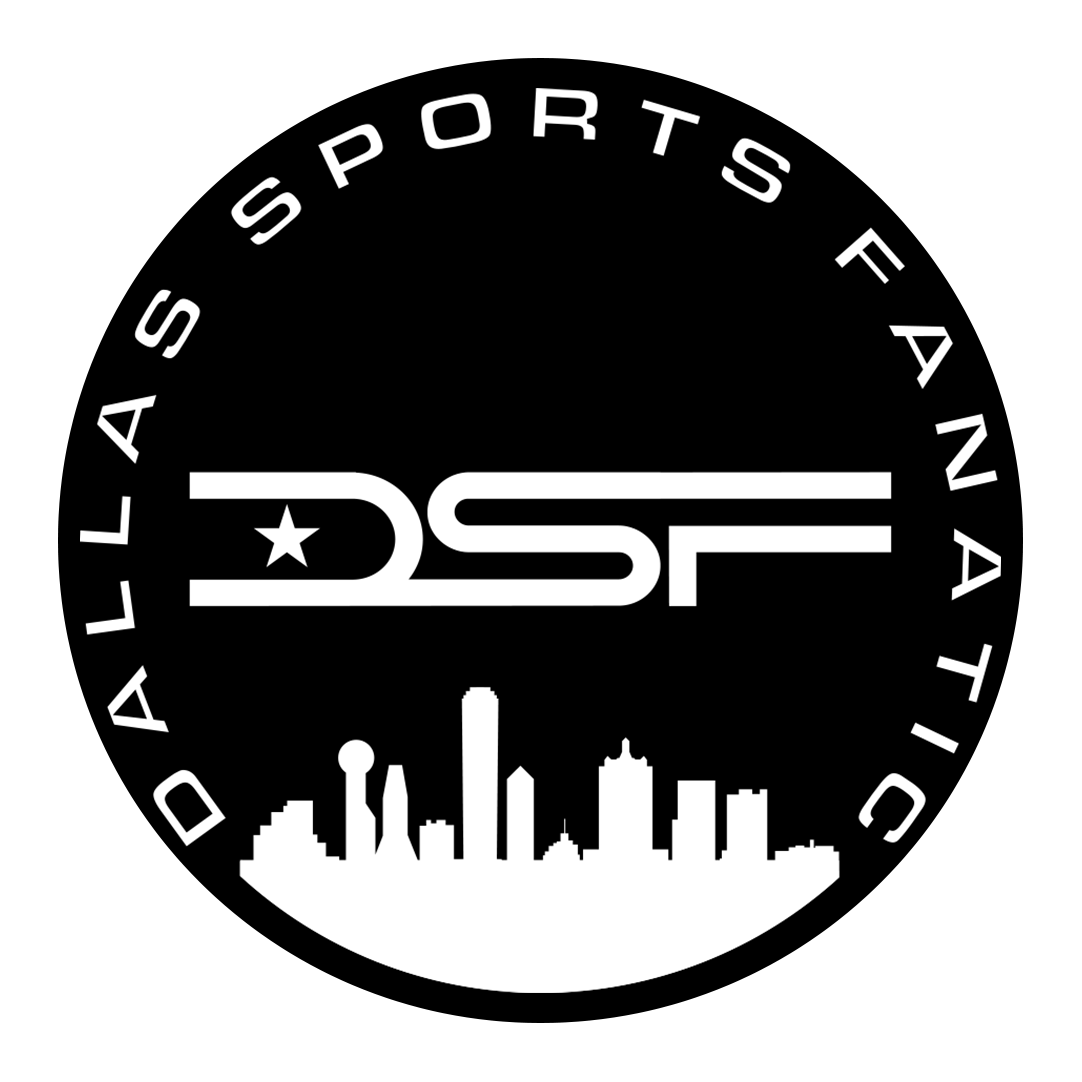It was just three years ago on the July 31 trade deadline when starting pitcher Cole Hamels was dealt to the Texas Rangers from the Philadelphia Phillies alongside Jake Diekman in exchange for six prospects in the Rangers’ farm system. Now that Hamels has been traded to the Chicago Cubs, it’s important to highlight both the good and bad about his time in the Lone Star State.
At the time, the Rangers desperately needed another arm to in their starting rotation. The team had a sub-.500 record of 50-52 and were in the midst of turning their season around in route to winning the AL West. Hamels played an integral role in the Rangers’ turnaround that season. Already having a stacked MLB résumé, including a World Series championship in 2008 in which Hamels was named MVP, Hamels pitched lights out and had some great moments during the regular season.
In 12 appearances in 2015, Hamels went 7-1 with a 3.66 ERA. For his entire Rangers career, Hamels’ notched 28 wins while suffering 21 losses. 2016 proved to be Hamels’ most efficient season in Texas, as he pitched his way to a 3.32 ERA by winning 15 starts and striking out 200 batters.The Rangers also won their division that year.
After a couple of seasons in Texas, it seemed that the trade for Hamels paid off in a sense. Hamels’ superb pitching fit the Rangers arsenal of taking care of business on the mound, which was a team component that the Rangers had been looking for since their appearance in the 2011 World Series against the St. Louis Cardinals when C.J. Wilson departed. Additionally, Hamels’ brand was one strong enough to consistently fill up Globe Life Park and give the home fans a sense of rejuvenated passion and pride.
However, Hamels didn’t always have great times on the mound, especially during the postseason. When the Rangers played in October of 2015 and 2016, losing in the ALDS both times to the Toronto Blue Jays, the Rangers desperately needed that go-to starter who could deliver in the mount of pressure. In retrospect, Hamels never won any of his three postseason starts for the Rangers. For some fans, that offset the support of acquiring him in the first place. Hamels’ sole 2016 ALDS performance was abysmal. Only lasting 3.1 innings, Hamels gave up both six hits and earned runs that caused his postseason ERA skyrocket to 16.20.
Hamels’ subpar postseason performances translated into mediocre regular season outings in 2017 and 2018. Finishing with a combined 16-15 record in both years, Hamels not only began to lose command of his pitches, but he seemingly began to lose confidence on the mound as the No. 1 pitcher in the starting rotation.
Given his steady decline in efficiency combined with not ever coming out victorious in October, Rangers fans can only look back at the six prospects that were given up in order to acquire him.
Nick Williams, a 24 year-old outfielder for the Phillies who made his MLB debut in 2017, is one player from the trade in 2015 who has played well enough to be a contributor on the first place team in the NL East. Williams’ .274 career batting average, let alone his 14 home runs and 39 RBIs this season, come as just one example as what the Rangers could have had in a rebuilding season like 2018.
This isn’t to say that trading for Hamels wasn’t worth it, but at the end of the day Hamels didn’t deliver in the postseason when it mattered most. Now at 45-62, the Rangers are having to overcome a depleted farm system to improve their long term outlook.

You must be logged in to post a comment Login
You must log in to post a comment.